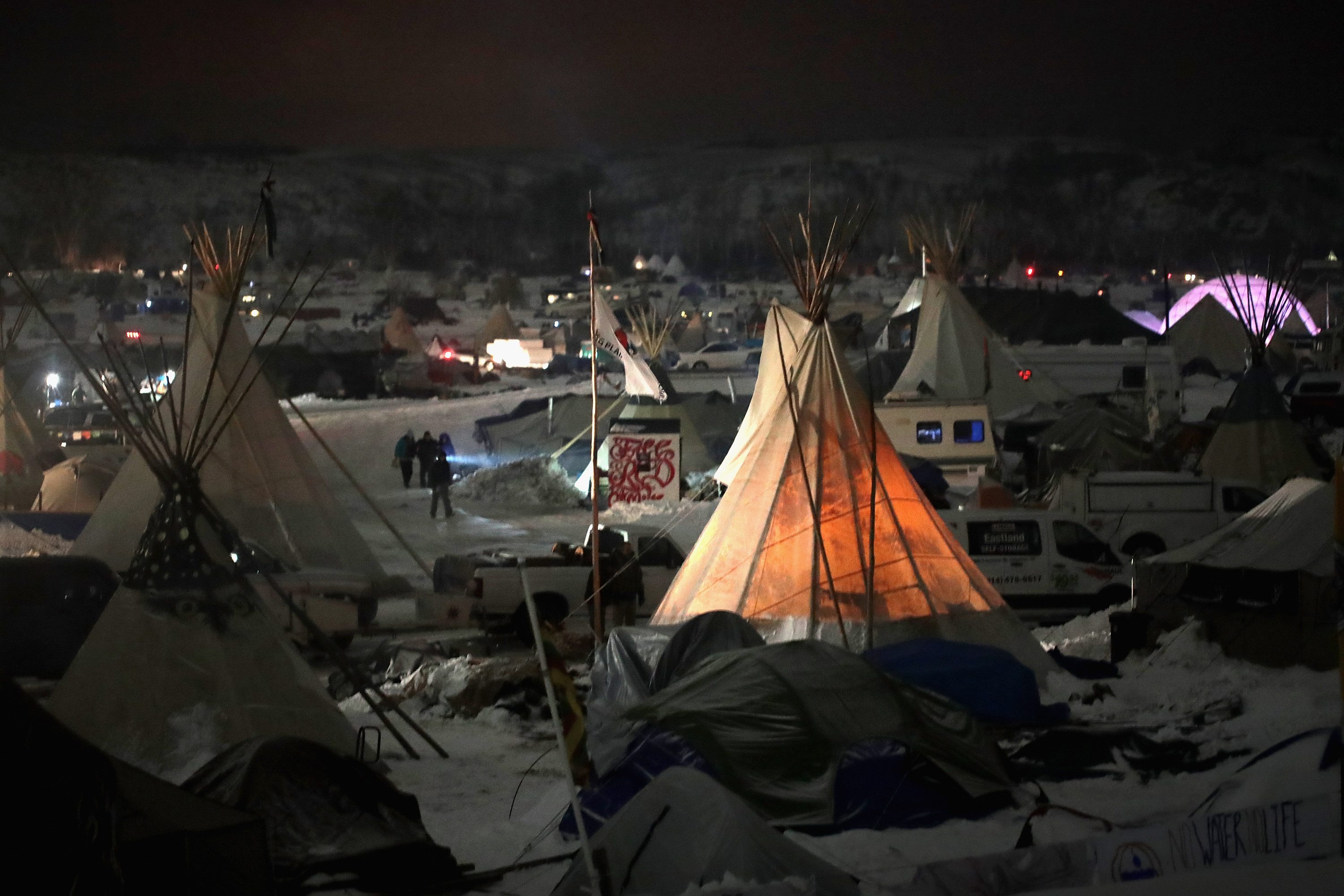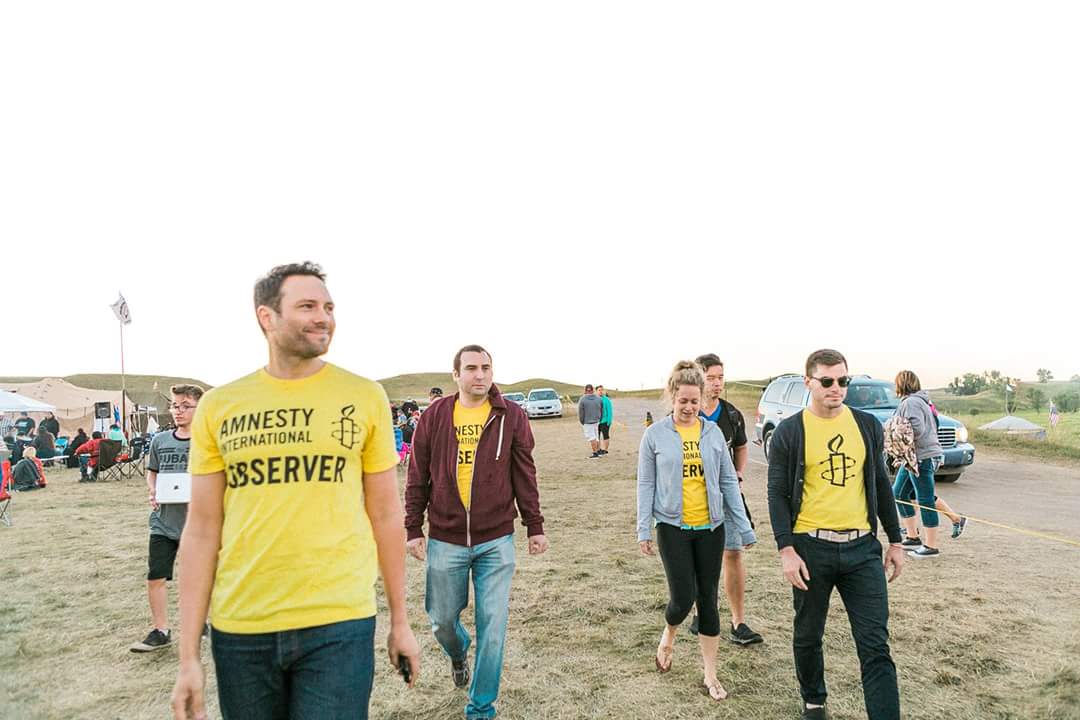It’s been a long time since I’ve had access to the internet. As it turns out, internet, let alone wireless internet, and even regular cell services are minimal when you’re working in a rural area like Standing Rock Sioux Nation. Signals come in as you reach the tips of the buttes, but fade away as you continue driving.
The other day we were traveling along a stretch of highway in route to Fort Yates, North Dakota, where the tribal offices are located. This building stands majestically atop a hill and looks out over a large body of water. We came across a mated pair of bald eagles, just some of the wildlife who call Standing Rock home. In Native culture, the sighting of a bald eagle is a sign of good fortune and things to come. It couldn’t have been a better indicator of the meeting I was about to have at the Tribal office.

Standing Rock Reservation Tribal Office
The Tribal building is artistic and authentic in its design. It is one of few buildings on the Reservation that looks this nice and has been preserved over the years. Inside the Tribal offices, you’ll find many similarities to our US state capitol buildings. This is the place where Tribal leaders have offices and where the Tribal Council meets every 2nd and 4th Tuesday of the month.
I was able to examine up close the operations of the Judiciary side of Tribal government. Recently, there was a new judge appointed to service Standing Rock Tribal Courts. As highlighted in the Amnesty International Maze of Injustice report, this is one area where we felt there could be significant improvement. After meeting new Chief Associate Judge El Marie Conklin, I am happy to report that forward progress is being made in this area.
In the short time she has been here, the domestic violence code has gone under review. The paperwork required to apply for protection orders of any kind has been standardized and updated. She is a strong Native woman with clear expectations and uses direct communication to get the job done. It’s clear that as long as she continues to hold this position (she’s up for re-election in September 2009), that the Judicial side of Tribal government will continue to make large steps towards addressing the high levels of sexual violence occurring on Standing Rock Reservation.


